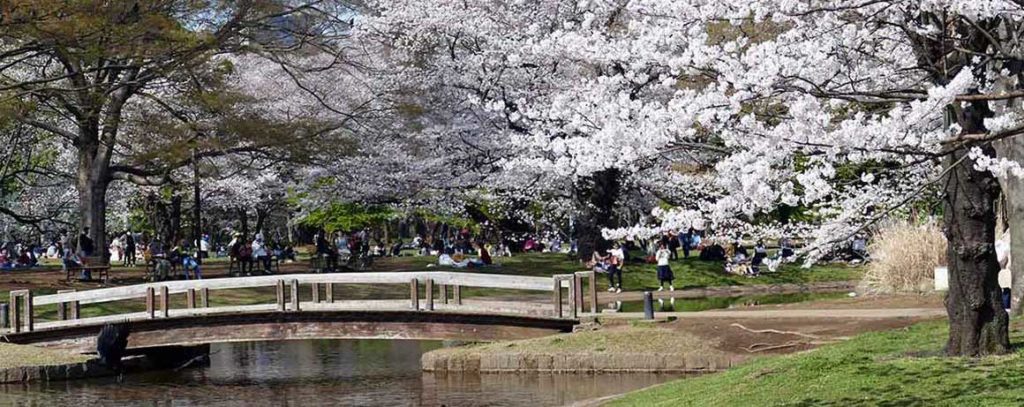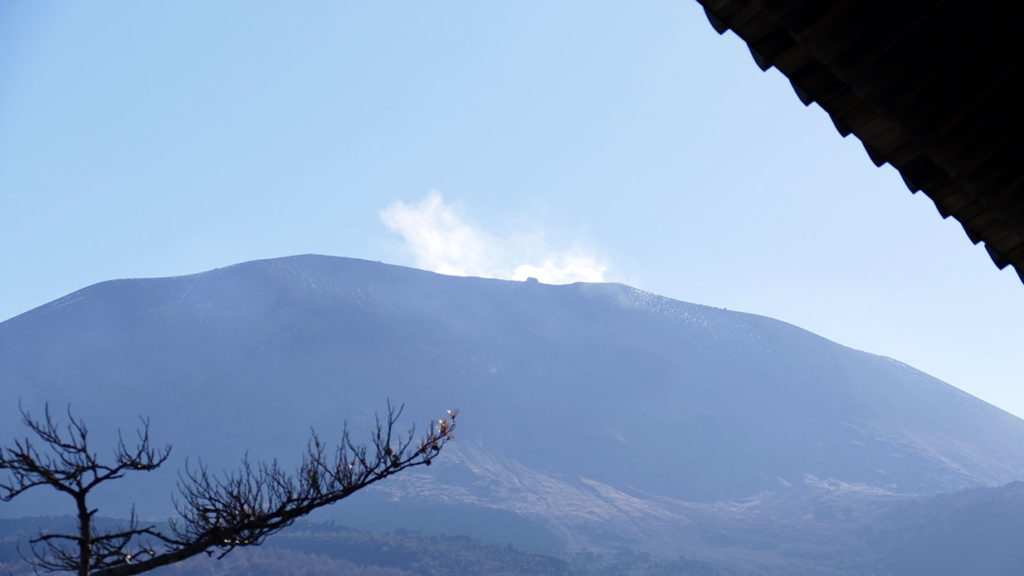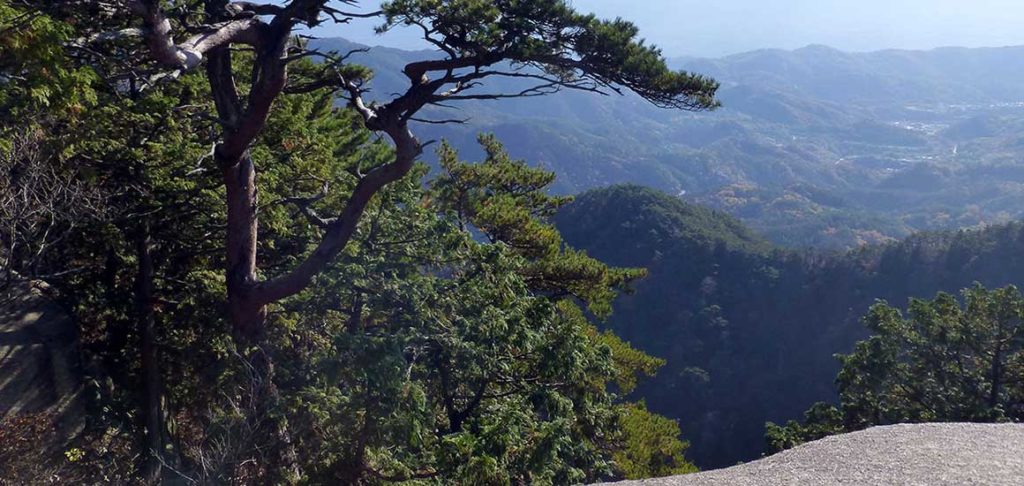Deciding to visit Japan outside of a structured, commercial tour, has been a lot of fun and we enjoyed not being locked in to a timetable or tour organised venues.
My wife Beryl and I have now been three times in the past few years and have only seen a fraction of what this wonderful land, with its culture and friendly people, have to offer. Hope we can inspire others to venture forth and explore some of the places we have been to and others besides.
The volume of humanity is truly overwhelming, but the efficiency of the rail and transport systems is the best in the world. It is a bonus to be able to speak a few basic phrases in Japanese language and it has been our experience that the people really try to help in any way they can, if you look lost or are trying to work out how to buy a train ticket. Don’t sit around wondering what it would be like to visit a foreign country or even places in your own country, because you will never know unless you get up and go.

Shinjuku Gyoen Park is a lovely park and garden space to spend several hours walking around in and enjoying a nice picnic lunch. Shinjuku Gyoen has three gates: the Shinjuku Gate, Okido Gate, and Sendagaya Gate.
-to Shinjuku Gyoen’s Shinjuku Gate from JR Shinjuku Station (south exit) is about 10 minutes walk;
from Shinjuku Gyoen Mae Station, exit 1, on the Marunouchi subway line, about 3 minutes walk;
from Shinjuku San-Chome Station, exit C5, on the Shinjuku subway line is about 5 minutes walk.
-to Shinjuku Gyoen’s Okido Gate from Shinjuku Gyoen Mae Station, exit 2, on the Marunouchi subway line, about 3 minutes walk.
-to Shinjuku Gyoen’s Sendagaya Gate from Sendagaya Station on the JR Sobu line; Kokuritsu Kyogijo Station on the Oedo subway line, about 5 minutes walk.
In the close vicinity, you will also find Golden Gai and Memory Lane, two bar and restaurant alleys that have been unchanged since the second world war. The Golden Gai is packed with over 200 small bars, although the exact count is rather vague since the bars and their owners are ever-changing. Compared with the nearby Memory Lane, however, the bars do have an authentic bohemian feel. Many of the little drinking rooms remain favourites with local writers, musicians and especially film business people. They are also a favourite stop on the itineraries for international stars and luminaries visiting the city.

The Great Buddha – Kamakura The JR Shonan Shinjuku Line provides a direct connection between Shinjuku Station and Kamakura Station. The one way trip takes about one hour and costs 920 yen. Only trains bound for Zushi, that is roughly every second train (about two departures per hour), provide a direct connection to Kamakura. The Great Buddha statue and the Kamakura area is well worth a day visit.

Onioshadashi Park is about a 2 hour plus each way trip out of Shinjuku, but very doable if planned sensibly. This volcanic area is in stark contrast to the diverse and lush forests found close by. You can hop on a JR train from Shinjuku to Ueno or Tokyo stations and the catch the JR Hokurinku Shinkansen to Karuizawa station where a bus will take you to the park. Well worth a visit, but do watch your transport timetables.

Nikko and World Heritage Sightseeing Bus provides another full day of sightseeing out of Shinjuku. A Nikko day trip is easy thanks to Japan’s amazing train network. If you have a Japan Rail Pass, take a Shinkansen from Tokyo Station to Utsunomiya, then transfer to the Nikko Line and ride it to the final stop. Total journey time is around 90 minutes, depending on how you work your connection. The Heritage Bus is a hop on hop off loop service and you can plan to visit quite a few places of interest, before arriving back in Nikko for your return journey.

Chichibu-Kama-Kai National Park and Mt Mitake is another 2.5 hr trip out of Shinjuku and is a pretty amazing place to visit. From Shinjuku, take the Ome line (JR) to the Mitake Station.
Then take the bus company Nishi-Tokyo towards the funicular to Takimoto station. Take the Takimoto funicular to Mitake-san station near the trail to the top of the mountain. Walk the trail back to the lower bus stop when you have caught the funicular back down the mountain, for some spectacular views.
Kanazawa Castle and Kenrokuen Garden A nice place for a day trip, the venue is around 2.75 hours from our base at Shinjuku. The travel is covered by the JR Pass and from Tokyo station you board a Kagayaki Shinkansen which takes about 2.5 hours to Kanazawa station. From there, hop on a JR bus and get off at the castle.
Kanazawa is known as ‘Little Kyoto’ though it is a magnificent destination in its own right. It is the capital of the Ishikawa Prefecture and has an impressive number of historical attractions, Buddhist temples, well-presented museums as well as fascinating samurai and geisha districts.
Its best-known attraction is the 17th-century Kenrokuen Castle and its superb garden. Its one of the countrys very best landscape gardens and it draws visitors from Japan and abroad.
Like many Japanese cities, Kanazawa escaped destruction during World War II. The Nagamachi Samurai District and the Higashi Chaya District are particularly charming and are very popular with visitors.
Kenrokuen garden is the heart of Kanazawa. It is ranked in the top three gardens in the country and it is arguably the most beautiful. The gardens are the perfect place to go for a long walk, enjoy the perfect views, and discover the many secrets it has to offer. A lovely way to spend a day in Japan

Around Town Shibuya – boasts the busiest pedestrian crossing in the world and you can get a perfect birds eye view from the Starbucks cafe. Lots of shopping, bars, and restaurants. You can walk or catch transport to Harajuku, which is a small area within Shibuya that is most famous for being the centre of emo, goth, zombie subculture. You will also find the Meiji-jingu Shrine, in Shibuya.
Roppongi is an area which is famous for its nightlife, but it also contains several art museums, galleries, shopping centres, and theatres. A walk through the Aoyama Cemetery in cherry blossom time, or otherwise, is also a pretty amazing experience. The biggest sight in this area is Tokyo Tower, which is taller than the Eifel Tower but looks pretty well the same. It has amazing views from the top deck over the city.
Odaiba & Tokyo Bay – This is quite different from the rest of Tokyo. We ‘old kids’ had a ball visiting both Tokyo Disneyland and Tokyo Disney Sea.
There are many interesting things to see around the Shinjuku/Tokyo district, such as Yoyogi Park, Showa Kinen Memorial Park, Ghibli Museum, Sensoji Temple, Roppongi Hills, and many more.
We also went to museum of modern art at Chiyoda, Tokyo where we saw some exceptional sculptures and displays. The Suzuki Chokichi (1848–1919) produced Twelve Hawks for the Columbian Exposition held in Chicago in 1893. Produced using the best technology available at the time, it is one of the most important pieces of metalwork from the Meiji period. This exhibition features this work after three years of restoration. The reproduced ornamental cloth on the perch that had been lost after the Exposition has revived the original brilliant colours. Truly amazing work.
A short walk to The Imperial Palace East Gardens, which are a part of the inner palace area and are open to the public. They are the former site of Edo Castle’s innermost circles of defence, the honmaru ‘main circle’ and ninomaru ‘secondary circle’. None of the main buildings remain today, but the moats, walls, entrance gates and several guardhouses still exist.
After the gardens, we walked around Ginza shopping precinct and had dinner at a nice restaurant and went to the Apple Computer store for a piece of hardware. Four floors and each one was packed.
There are also a stack of venues to visit, for those not wanting to see temples and scenery.
Places such as Nippori Fabric Town, Bic Camera Store, Tokyu Hands or the Akihabara Electric Town stores, offer many hours of ‘shop til you drop’ opportunities.
